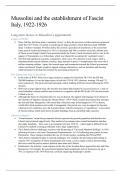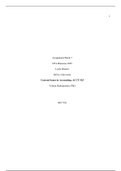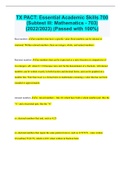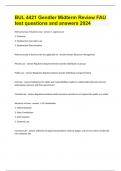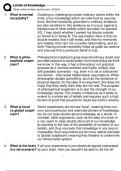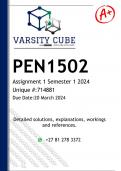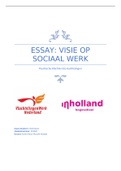Samenvatting
Summary AQA A-Level 2L: Mussolini and the establishment of Fascist Italy, (A* achieved)
- Vak
- Instelling
A comprehensive set of notes for the AQA A-Level 2L Italy and Fascism, c1900–1945 course. Covers Mussolini and the establishment of Fascist Italy, . Includes: Mussolini's appointment as prime minister, the Fascist movement and consolidation of power.
[Meer zien]
